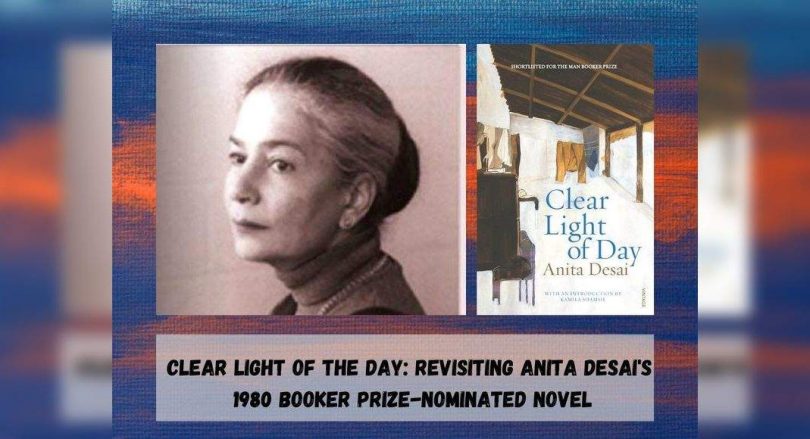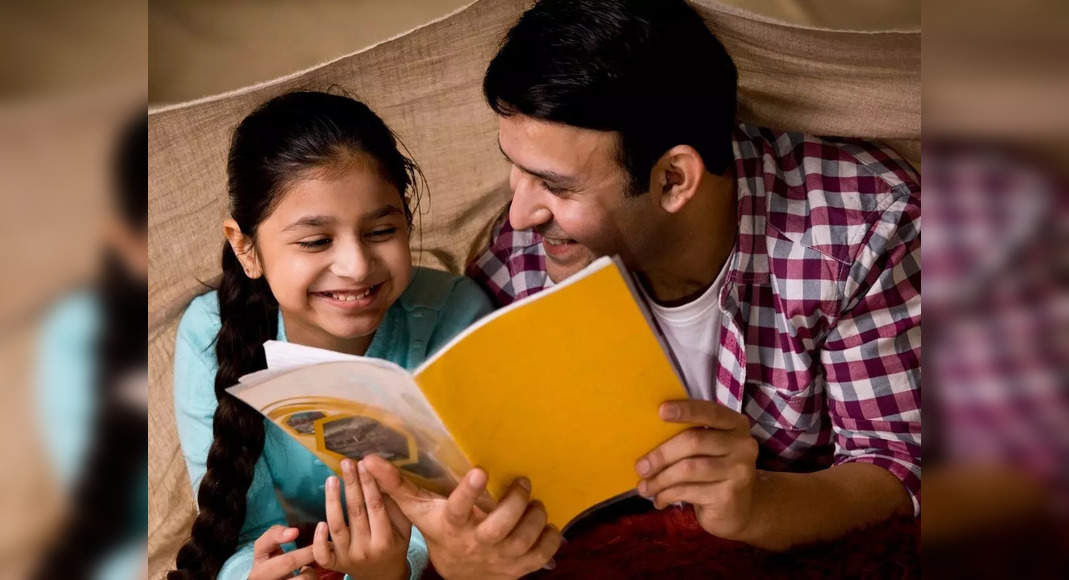“Isn’t it strange how life won’t flow, like a river, but moves in jumps, as if it were held back by locks that are opened now and then to let it jump forwards in a kind of flood?” The stirring lines from Anita Desai’s novel ‘Clear Light of the Day’ (1980) still resonate with its readers, more than four decades after it was published.
According to Desai, it is her most autobiographical work as it is set during her coming of age and also in the same neighborhood in which she grew up.
Today, as she turns a year older, let’s revisit Desai’s masterpiece that was shortlisted for the 1980 Booker’s Prize.
What is the novel about?‘Clear Light of the Day’ is a compelling and compassionate look into the lives of an Indian family.
Inspired by T.S.
Eliot’s ‘Four Quartets’, Desai structured her novel in four parts and ignored chronology.
She managed to interweave past and present in the novel and described it as “a four-dimensional piece on how a family moves backwards and forwards in a period of time.” Furthermore, Desai implements the stream-of-consciousness technique to present multiple viewpoints in the novel.
The story begins when Tara, in her 40s, returns from Washington with her diplomat husband to visit her family in Old Delhi.
In the Das family house, live Tara’s older sister Bim, and Baba, a brother who never grew up.
Why the title ‘Clear Light of the Day’?The title of the novel has been borrowed by Anita Desai from a passage in this novel at a crucial moment in the life of the protagonist, Bim.
In Section IV, the author mentions that although the room was shadowy and dark, Bim could clearly see that she still loved her brothers and sister, and also her dead aunt, Mira.
In the author’s words, “Bim could see as well as by the clear light of day that she felt only love and yearning for them all.” The title refers to the clarity of vision that Bim achieves at that moment.
She can see things in their proper perspective: and she now realizes also the fact that, if there had been flaws on the other side, there had been flaws and inadequacies on her side too.
What issues does the novel address?The novel comments on politics, as seen in Raja’s interaction with Hyder Ali and the post-independence troubles of persecution, radicalism, riots, and fires.
At the same time, politics and history can be seen in the background throughout the novel, as the partition of British India in 1947 can be traced through the characters’ various experiences.
In addition, Desai brilliantly explores gender in this novel.
As per critic Bishnupriya Ghosh, “Desai argues that women must struggle to make a place for themselves in a paternalistic nation, where womanhood is a mere symbolic construct (the ‘mother’ nation).
Her analysis of gender and politics thus extends into a critique of Indian nationalism, which excluded gender issues from its political rhetorics of liberation and rejuvenation.”
What lessons can be learned from the novel?The Das family plays an important force to drive the story.
Family is something from which one wants to escape and something that exasperates, angers, and confuses.
Still, it is one of the few sustaining things in times of duress, and even though it is not perfect, it is worth investing in.
Apart from this, the novel also stresses on the importance of forgiveness, as portrayed by Bim’s character.
Bim clings to her bitterness, believing it makes her powerful and incapable of being hurt again.
However, by the end of the novel, Tara’s visit has forced Bim to realize that her constant anger was only hurting her.
With a spellbinding plot, the novel remains a must-read even today.
Its intricate details, experimentation with time, fascinating characters, and soul-stirring lines are sure to impress every literature lover:
“That was the way life was: it lay so quiet, so still that you put your fingers out to touch it, to stroke it.
Then it leapt up and struck you full in the face so that you spun about and spun about, gasping.
The flames leapt up all around, rising by inches every minute, rising in rings.”
Pic credit: RHI & Pacific Books International







